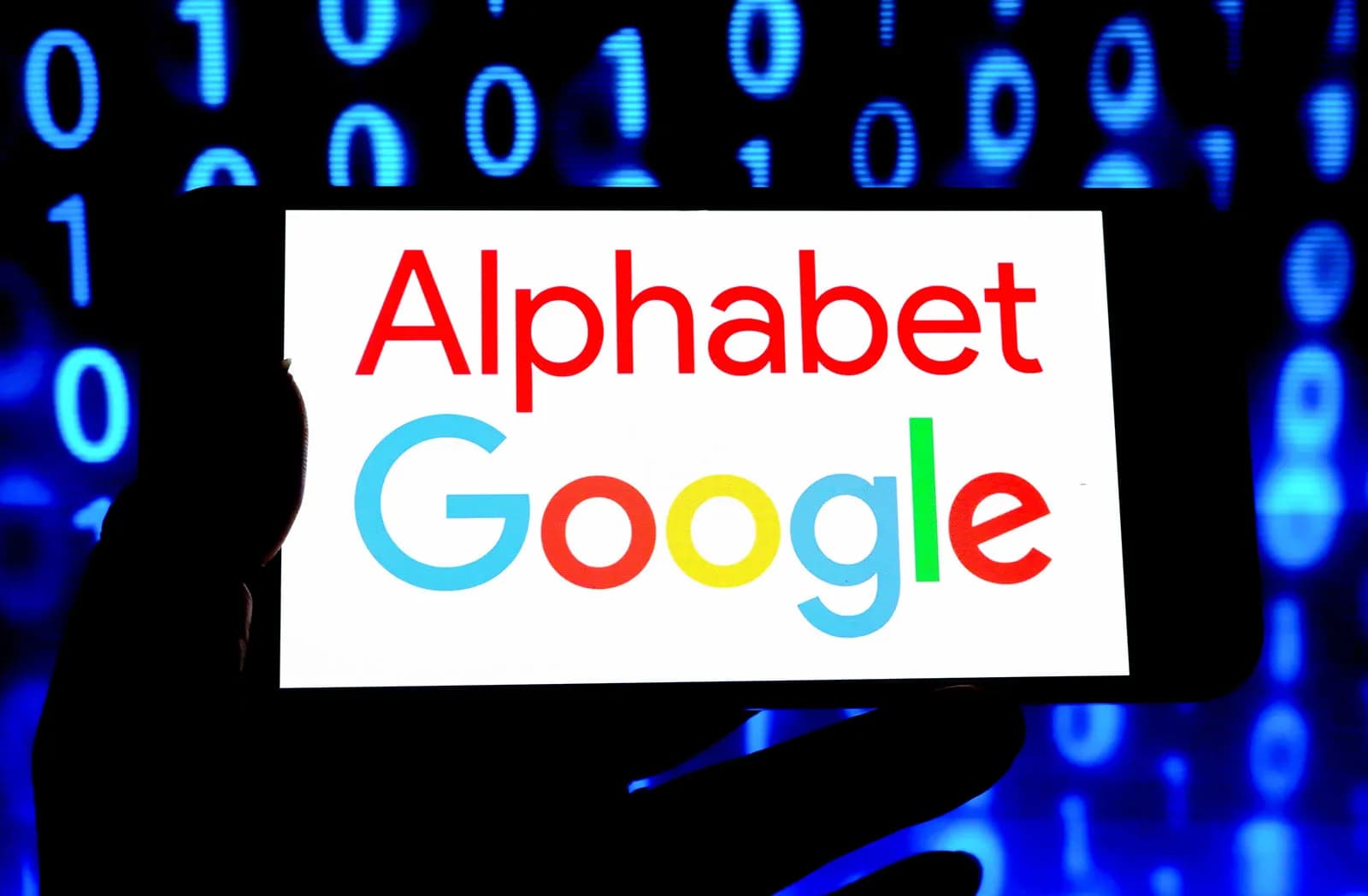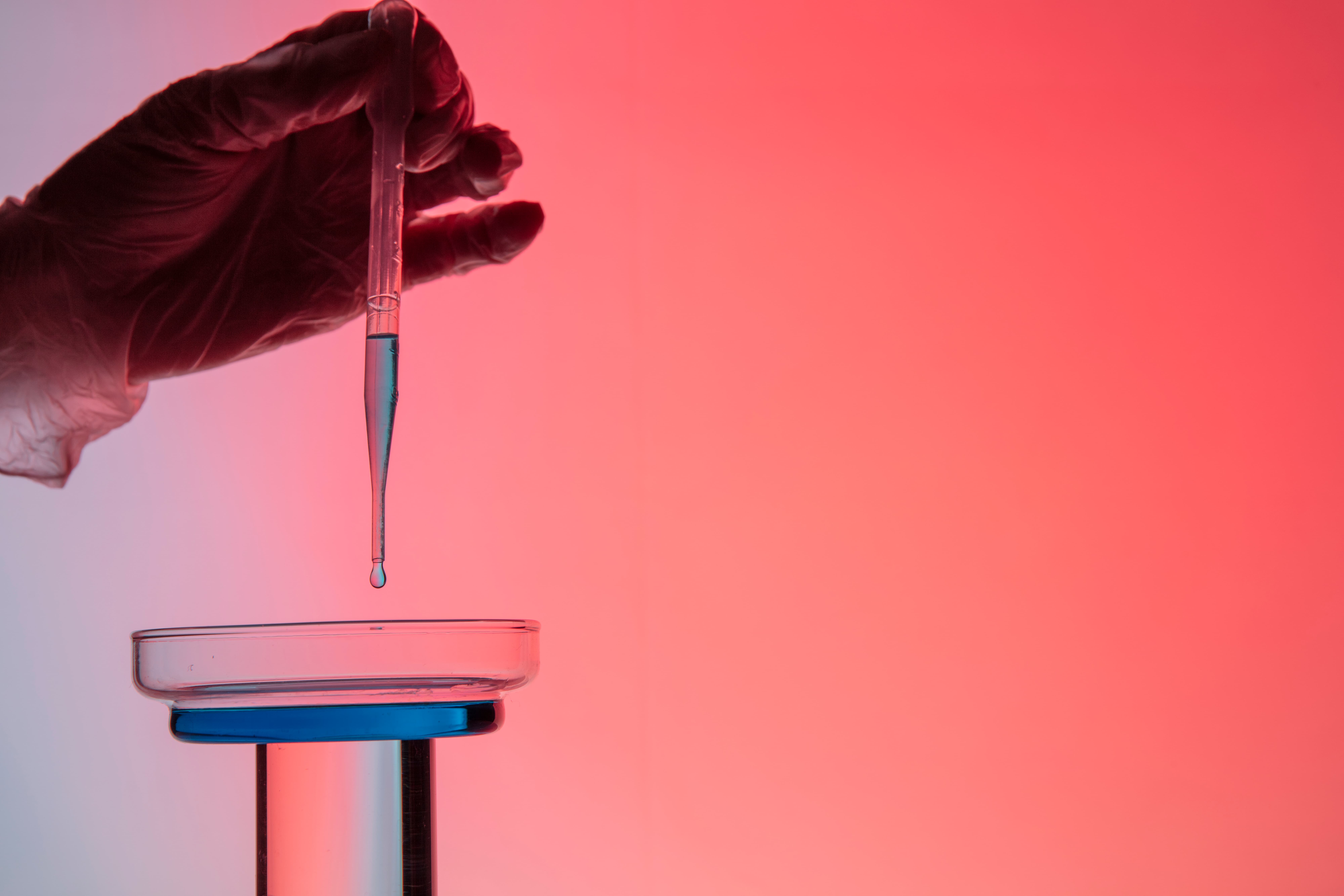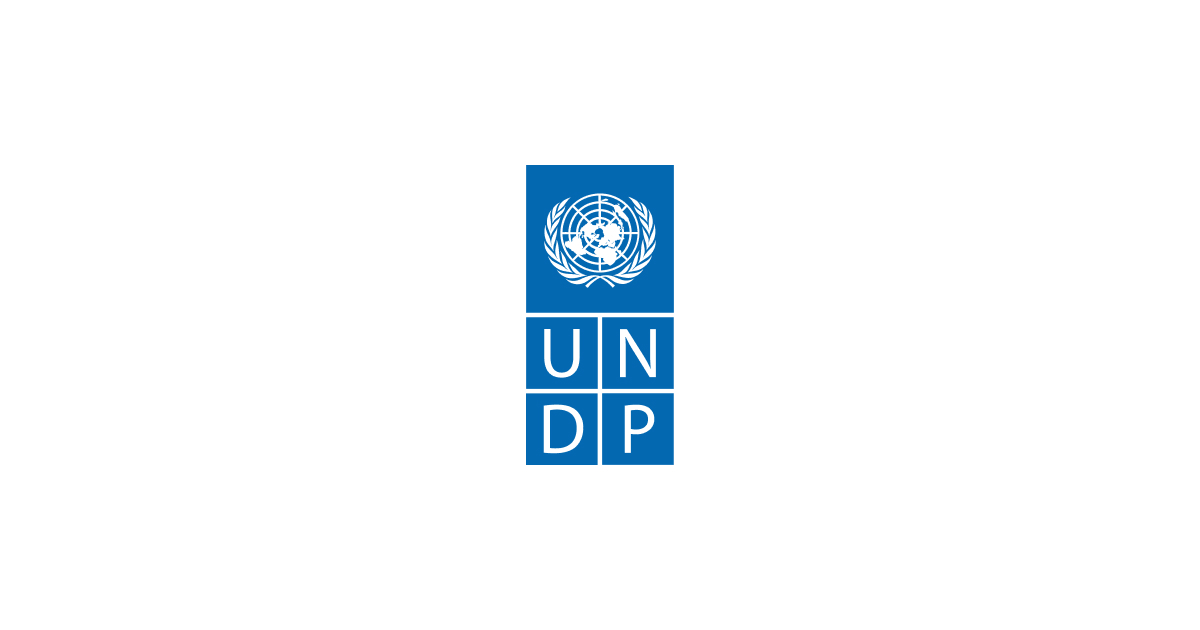An AI avatar named Una will be presented at the UN pavilion during the 2025 World Expo in Osaka later in the month as part of efforts to promote climate action.
The anime-inspired character, developed with support from the Japanese government, will use 3D hologram technology to engage visitors from 29 September to 4 October.
Una was launched online in May and can respond automatically in multiple languages, including English and Japanese. She was created under the Pacific Green Transformation Project, which supports renewable energy initiatives such as electric vehicles in Samoa and hydropower in Vanuatu.
Her role is to share stories of Pacific island nations facing the impacts of rising sea levels and raise awareness about climate change.
Kanni Wignaraja, UN assistant secretary-general and regional director for Asia and the Pacific, described Una as a strong voice for threatened communities. Influenced by Japanese manga and anime, she is designed to act like a cultural ambassador who connects Pacific struggles with Japanese audiences.
Pacific sea levels have risen by more than 15 centimetres in some regions over the past three decades, leading to flooding, crop damage and migration fears. The risks are existential for nations like Tuvalu, with an average elevation of just two metres.
The UN hopes Una will encourage the public to support renewable energy adoption and climate resilience in vulnerable regions.
Would you like to learn more about AI, tech and digital diplomacy? If so, ask our Diplo chatbot!










